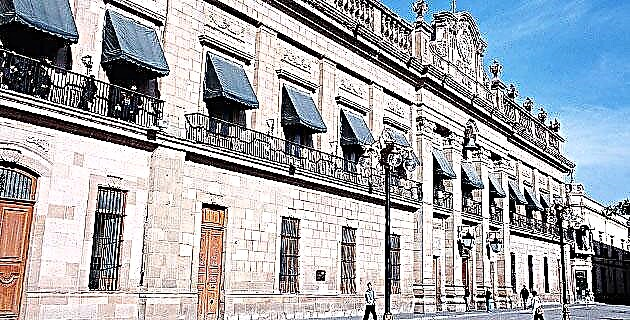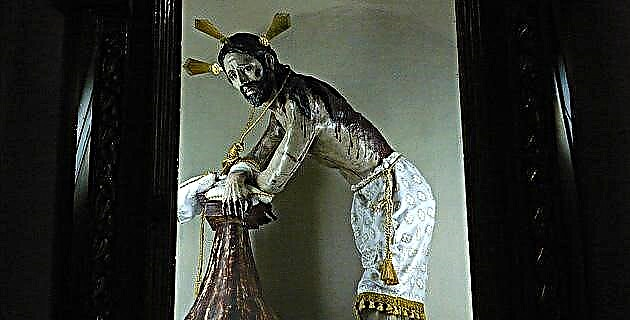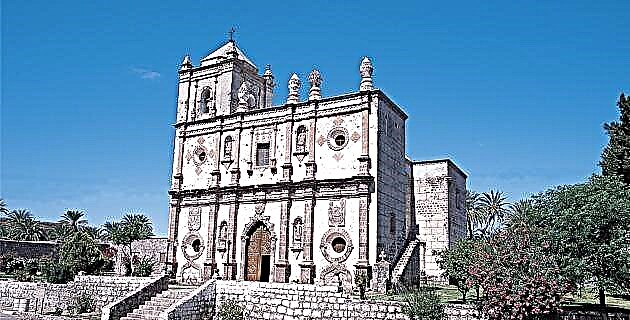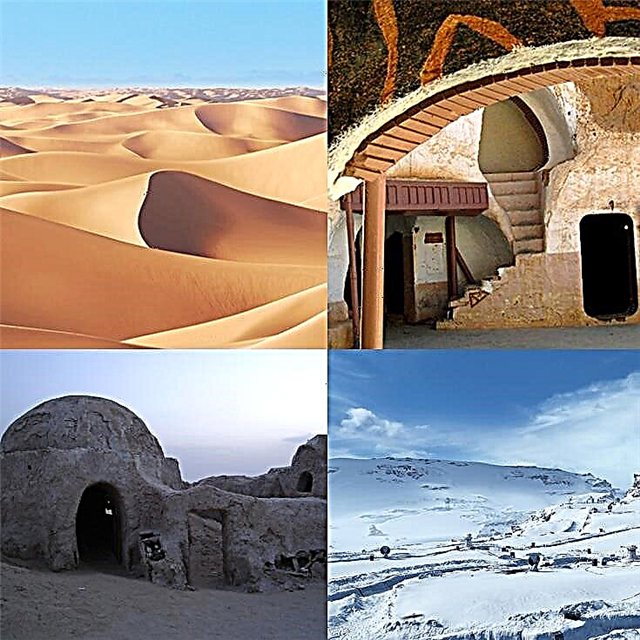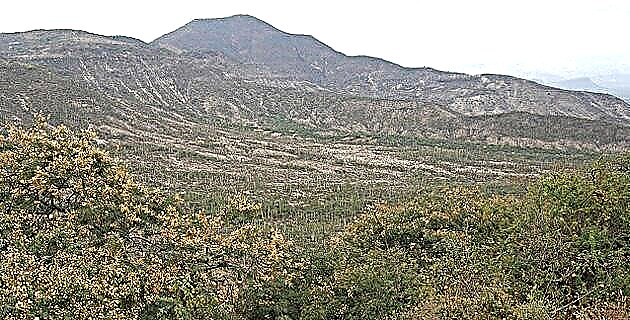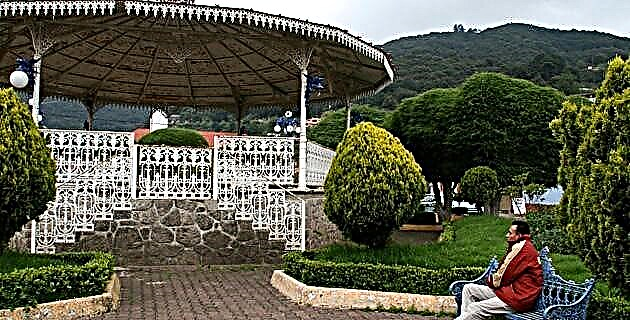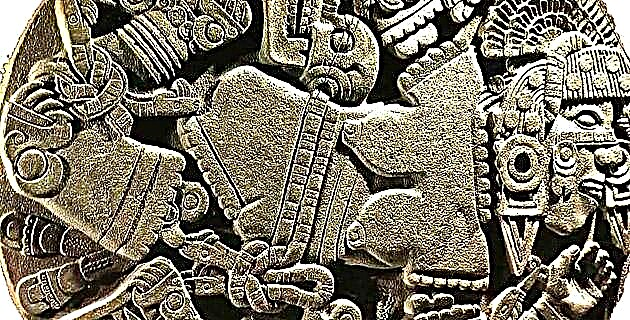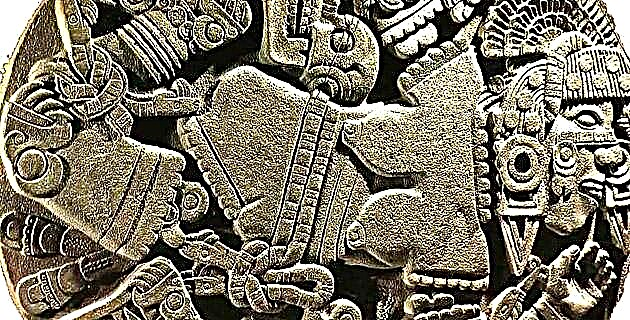
When we see the sculptural representations of the gods in different cultures, we human beings believe that they were always there where the hand of man has placed them and that nothing through time has been able to affect many of them, given the splendor they show.
When we say "gods" we are talking about characters created by men, or of real beings who were later divinized due to their importance on this earth for the feats they performed in life.
Each of the deities of the various pre-Hispanic pantheons present very peculiar characteristics, both from the mythical-religious point of view and in relation to their artistic representations, which show determining attributes and full of symbolism according to their individual definition. Some Spanish chroniclers of the 16th century such as Fray Bernardino de Sahagún and Fray Diego Durán have shown this; Among many other things, they narrate the invocations of the gods of these lands, their attire and ornaments, the colors and designs with which they were painted, the materials from which they were made and adorned; The sites occupied by the sculptures of the gods in the enclosures and the way in which they were revered with festivities, ceremonies, rites and sacrifices.
An example of this is Durán's description of the god HuitzilopochtIi "that he alone was called lord of the servant and all-powerful": this idol had his entire blue forehead and above his nose another blue bandage that took him from ear to ear. It had on its head a rich plume made of a bird's beak, which bird called vitzitzilin. […] This well dressed and dressed idol was always placed on a high altar in a small room very covered with blankets and with jewels and feathers and gold ornaments and the most gallant and curious feathers that they knew and could dress it, they always had a curtain in front for more reverence and benefaction.
Some say that at the time of the conquest said statue was demolished from the top of the Templo Mayor by the soldier Gil González de Benavides, who received as a reward for this act the properties that were left on the land of the destroyed Temple. With this we can see how different fate ran, paradoxically, the sculpture of the god Huitzilopochtli from that suffered by his sister, the goddess Coyolxauhqui, whose image was found complete and in excellent condition. And it is that, believe it or not, the cares of a goddess are extreme.
In fact, when people contemplate the sculptures of pre-Hispanic gods, most assume that they came out clean, whole (or almost) and without problems. He does not imagine that from the moment of their creation to that of their discovery by the archaeologist, the pre-Hispanic sculptures have accumulated a series of data that are already part of themselves and make them more interesting and valuable. We are talking about data such as: the political-religious reason why each sculpture was made, the ritual function for which it was created and placed in a certain place, the attention it received, the reasons why it stopped being venerated and was protected by covering it with earth, the damage it suffered while it was buried, or the changes it underwent when it was discovered centuries later.
People do not imagine the technical adventures in the discovery and transfer, nor the chemical analyzes that generate dissertations on the most appropriate treatments to apply, nor the deep investigations in the books that the chroniclers left us to be able to argue the interpretations that are emerging. But when the public is delving into its history by reading this type of information and observes photographs and, sometimes, even videos that show the way in which the sculptures of the gods were found and excavated, then they begin to perceive that there are specialized disciplines whose The specific purpose is to take care not only of the gods —although this is the subject that concerns us at the moment—, but also to give conservation and restoration treatments to all the objects found in excavation.
CoyoIxauhqui, the goddess of the moon and sister of Huitzilopochtli, god of the sun, deserved extreme care since her discovery in the Templo Mayor for several reasons: 1st.) She was accidentally found by workers of the Company of Light and Power; 2nd.) Archaeologists from the Department of Archaeological Salvage of the INAH carried out the rescue work of the goddess, which consisted of freeing her from iodine and stones, making a superficial cleaning, as well as excavating the surrounding and lower area of the goddess for study; 3 °) the latter gave rise to the need to adapt a structure that would support it in situ (in its original place), which according to Julio Chan was formed by two triangles of iron plates (placing neoprene, a chemical substance, as an insulator ) and supported in turn by means of iron beams with footings and in the center three mechanical jacks seated on containers with sand were placed; 4 °) restorers of the then Department of Restoration of the Cultural Heritage of the INAH applied a preventive treatment of mechanical cleaning (with medical instruments), chemical cleaning, fixing of the paint, veiling of the edges of the fracture and union of small fragments.
Subsequently, samples were taken for analysis (by personnel from the then Department of Prehistory) of both the stone and its scarce polychromy, resulting in the following:
-The stone is a volcanic tuff of the extrusive type "trachiandesite", light pink in color.
-The yellow color is an ocher composed of hydrated iron oxide.
-The red color is a non-hydrated iron oxide.
The analysis of the stone served not only to know the chemical composition that makes it up, but also to know in what state of conservation it was discovered after 500 years of being buried. Thanks to microscopic observation, the experts were able to obtain data about the loss, to a large extent, of the main constituent of this type of stone, such as silica. Hence, it was decided to give Coyolxauhqui a careful consolidation treatment to restore said loss and, therefore, his physical-chemical strength. To do this, a substance based on ethyl silicates was applied which, upon penetrating the stone, reacted with the internal crystals, forming silicon dioxide or silica. This preservation process lasted five months and we carried it out as follows:
On the surface of the completely clean and dry stone, the consolidant -diluted in naphtha- was applied with a brush, until the chosen section was saturated (the sculpture was worked in sections to be able to perfectly control its consolidation); then cotton pads wrapped in gauze and dipped in the consolidant were placed on top, and finally these were covered with a thick plastic sealed to prevent violent evaporation of the solvent.
On a daily basis, more consolidator was applied to the compresses already in place to obtain greater penetration and consolidation, until each section was saturated and allowed to dry in its vapors.
Once the goddess's consolidation treatment was finished, maintenance care was taken once or twice a week, carrying out a merely superficial cleaning with a vacuum cleaner and fine hair brushes. However, this was not enough for the protection of the stone after its consolidation, since, despite being covered by a roof and curtains, the solid particles of atmospheric pollution were being deposited on it with the danger of damaging it, since both these and the gases, plus the humidity of the environment, cause the alteration of the stone. Therefore, when planning the construction of the site museum, it was considered to be placed inside a room and thus, at the same time that it was protected from the agents of natural deterioration, it could be appreciated up close and from above in all its magnitude.
The lifting of the stone from its original site took into account all the precautions: it involved a whole work of protection, packing, movement of the stone and its structure with cables, by means of a “boom” (load device) that moved the stone to a special truck to later make the journey to the museum, and there again lift it now between two "feathers" to insert it through an opening that had been left expressly in one of the walls of the museum.
It is worthwhile to conclude this article by saying that, while the goddess Coyolxauhqui remained in situ, she received the admiration and homage of all those who were lucky enough to be close to her, there were even those who one day had the beautiful detail of placing on her right leg a beautiful rose, the most delicate tribute that a goddess recognizes. Even now, inside the museum, it continues to receive maintenance care as well as the admiration and affection of those who contemplate it with absorbed eyes, going back to one of the most shocking myths that the pre-Hispanic gods usually make known to us.
Source: Mexico in Time No. 2 August-September 1994


